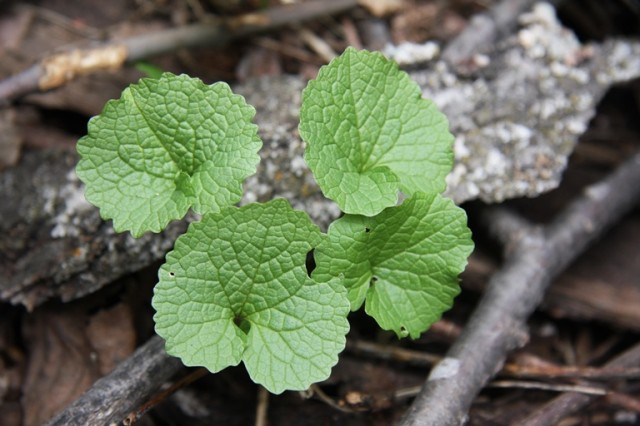
Here in eastern Canada, spring plants like mayapple and trilliums are beginning to leaf out while others, like bloodroot and hepatica, are blooming. The treetops are still bare as is much of the ground. But already patches of garlic mustard (Alliaria petiolata) are greening up the woodland floor here at CWF’s Wildlife-friendly Demonstration Garden. We spotted this highly invasive plant a few years ago and have reduced the patches significantly…but evidently there are a few more to pull!
Garlic mustard is one of the top forest invaders in Canada. It was brought over by the Europeans as a nutritious food that can be steamed, blanched, boiled or eaten raw in salads. But its aggressive nature has caused it to spread fast, crowding out native plants such as trilliums and spring beauty. It is also thought to destroy fungi in the soil, affecting a multitude of forest plants including trees. Animals are in turn affected, such as some native butterflies whose larval food plant (the plant they lay their eggs on which feed caterpillars) are being displaced.
Check out the photos below, mostly taken last summer, to help you recognize it at different stages. It is a biennial (two year plant) so growth is small the first year. The second year growth is tall, up to a meter, and is the stage that flowers and produces seeds.
If you find it on your property it’s best to pull it out soon, before flowers (and especially seeds) form, to minimize it spreading further. It is one of the easiest invasive plants to pull up but it also helps to pull it out after the spring rain has moistened the ground. Put plants in a sealed dark garbage bag and dispose in the garbage. If you are at all curious about its edibility, please do your research before adding it (or any other wild plant) to your dinner plate.
Also be careful not to leave plants behind as they can continue to produce seeds, even after being pulled! If you find it in public areas, let your municipality know so they can take measures to remove it. Perhaps you could even organize a clean up with neighbours! It is also prudent to check the area over subsequent years, as seeds in the soil can remain viable (able to germinate into a plant) for a long time.
For more information on invasive species, visit our Invasive Species Encyclopedia or this article on why some non-native invasive plants can be a serious problem to our wild spaces and the plants and animals within them.
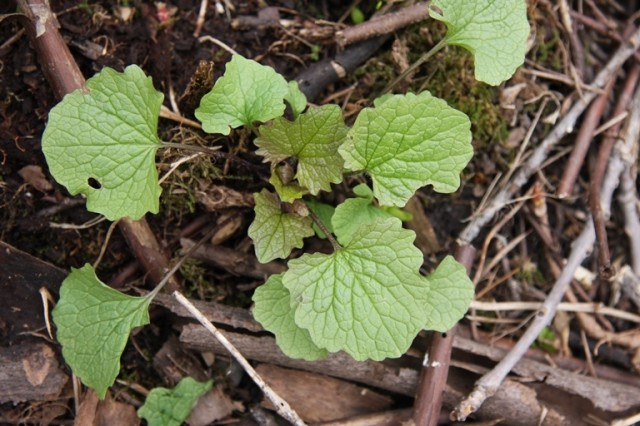
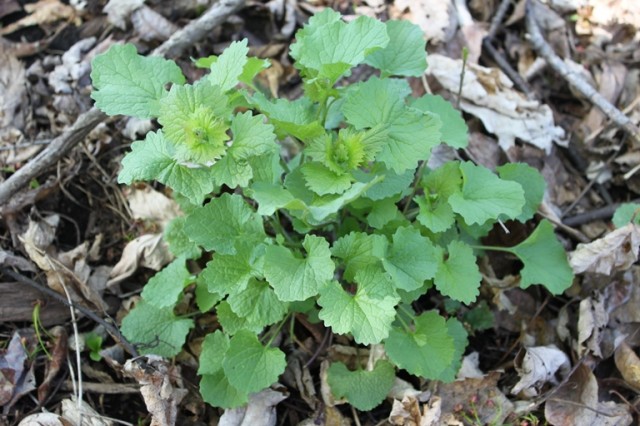
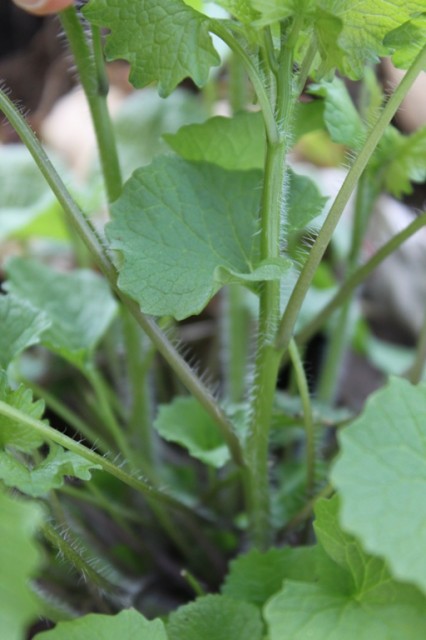
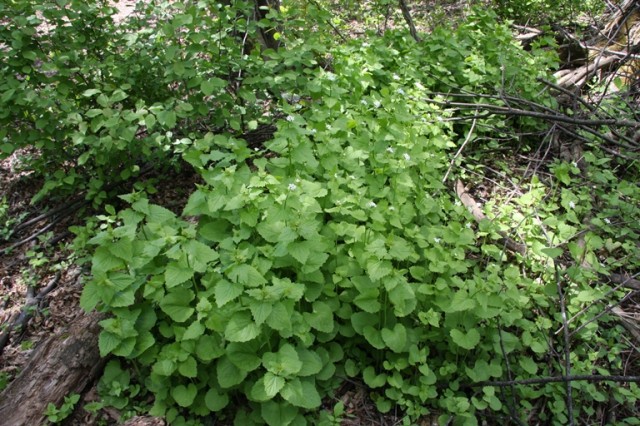
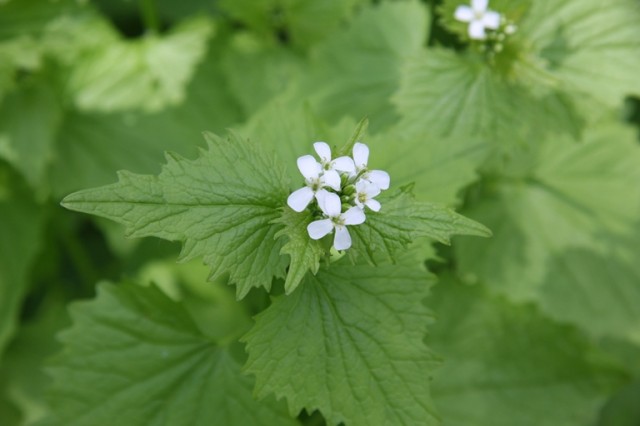
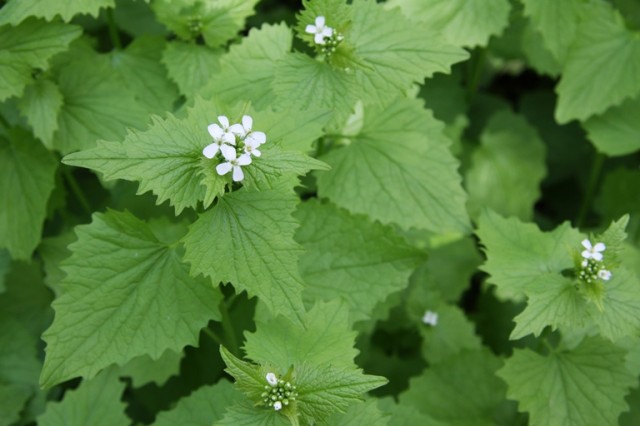
[PHOTOS: CWF]

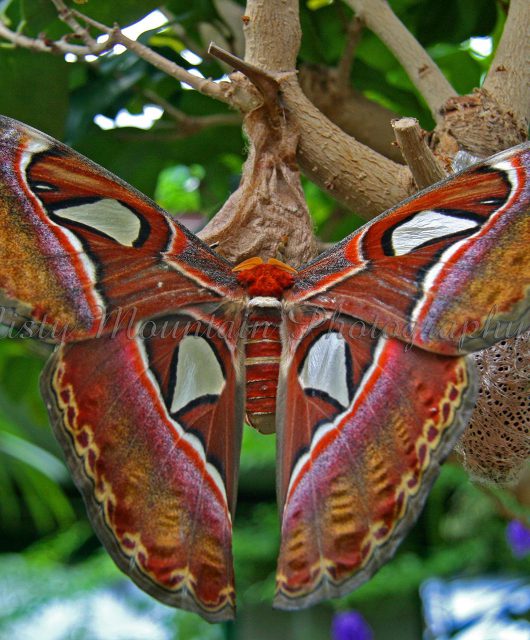

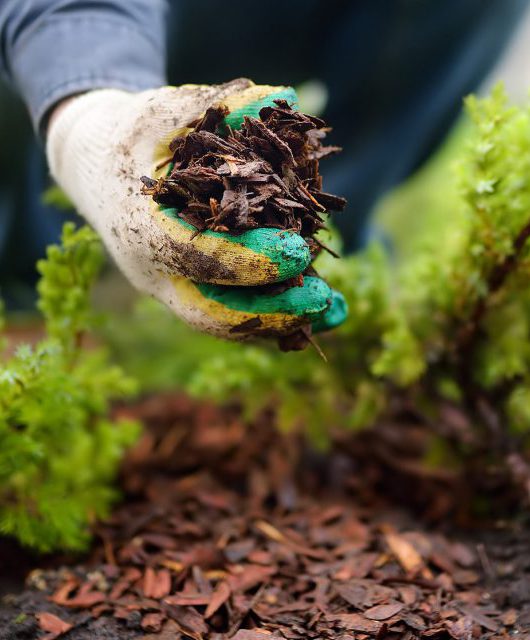
2 comments
I have had a problem with this invasive for years and just can’t seem to get rid of it now matter how much I pull it up. I’ve been fighting it for so long I call it the “atomic weed” because no matter what I do It never dies!!!
Good for you for keeping on top of it though…otherwise the patches would likely have been many times larger. I hear seeds can last a long time in the soil but let’s hope that once they have all germinated, you’ll see the end of them in that area! Best wishes with your pulling and digging 🙂